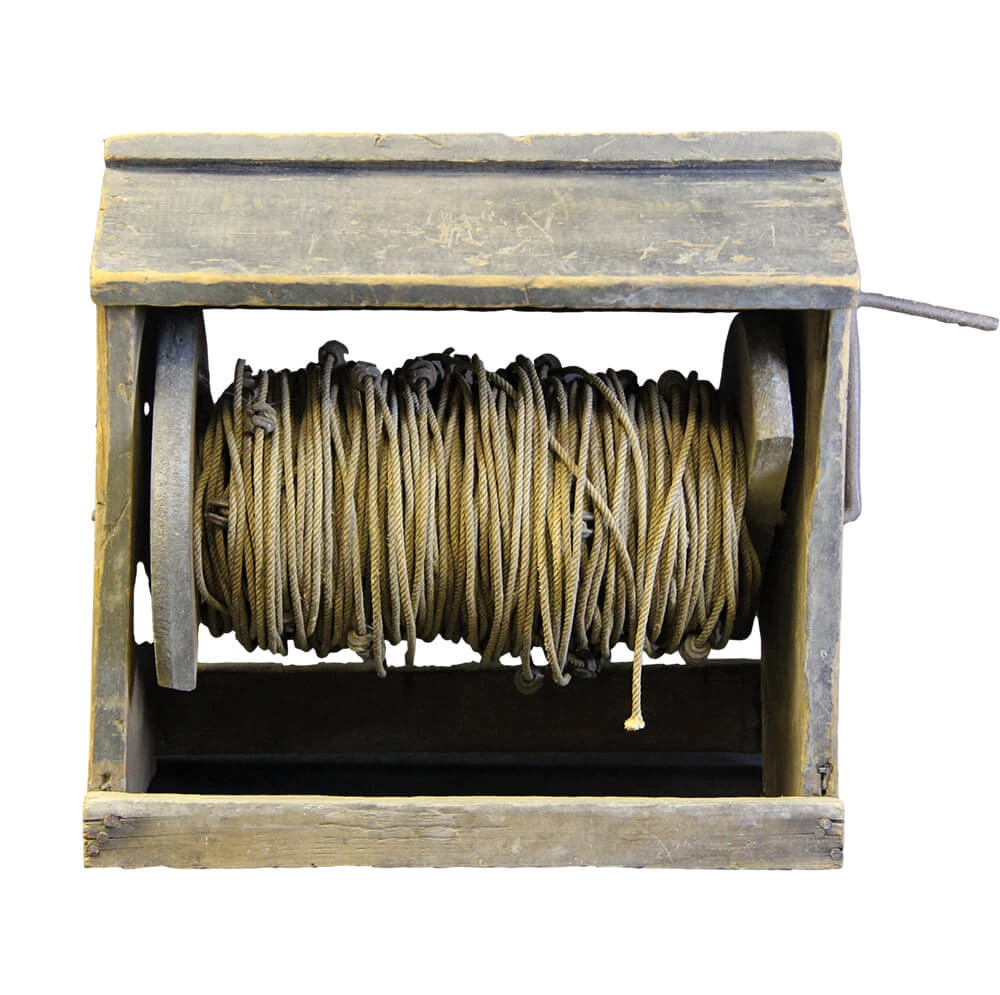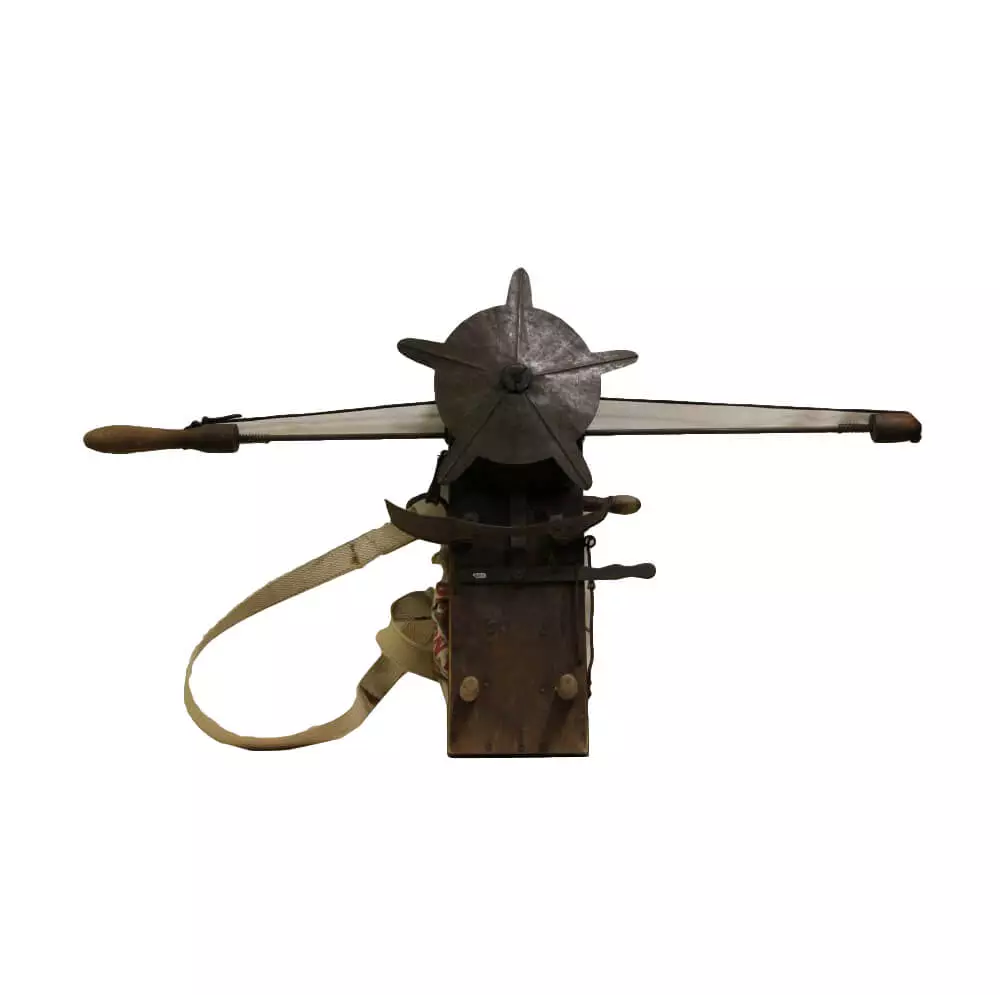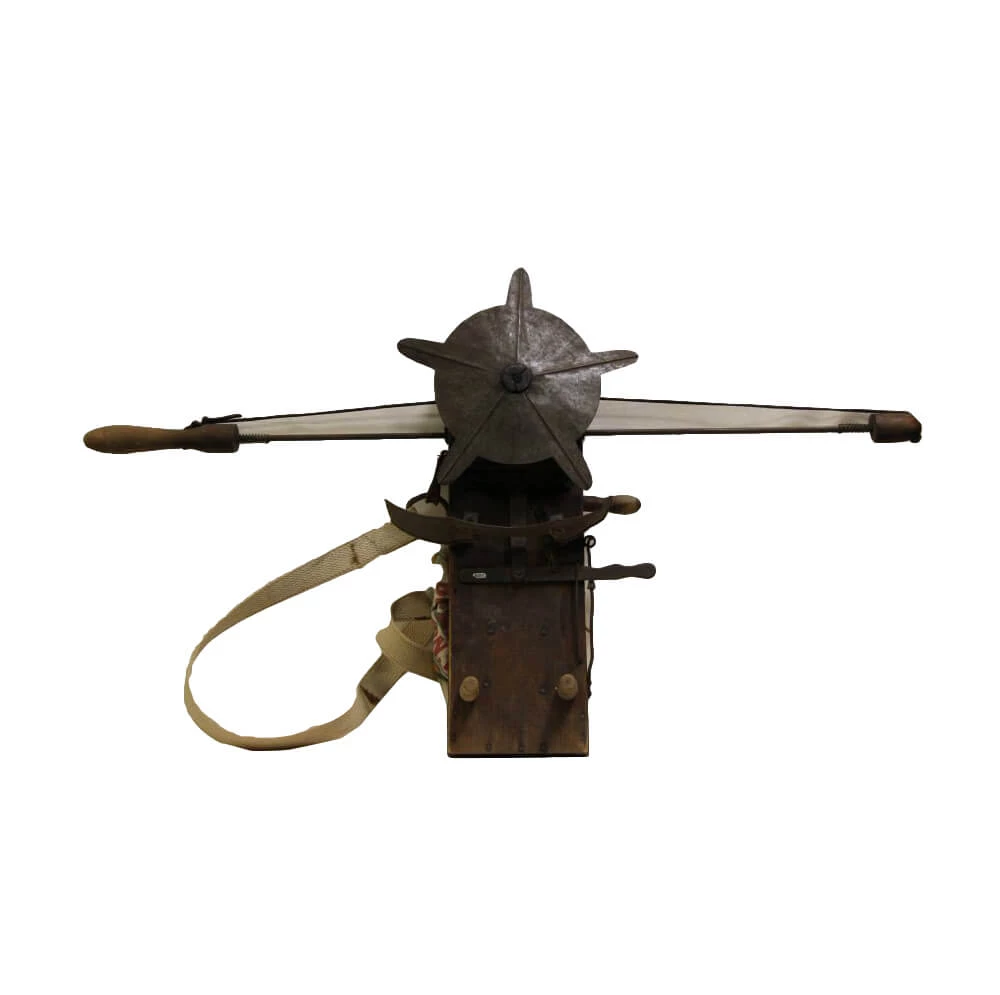Search
Looking for something in particular? Search for it here.
Looking for something in particular? Search for it here.
Competition for the sale of equipment was tight in Bloomington — two local manufacturers of seed drills competed for the sale of patented machines. Moore’s sold for $70, but Pennock had an endorsement from L.W. Betts (David Davis’ half-brother) who farmed Davis’ Bellmonte farm east of Bloomington. Betts reported . . .
“A substantial and reliable machine, we think it one of the best labor saving machines in the country.”
— L.W. Betts
McLean County farmers were growing more acreage of corn and getting better yields too, averaging close to 50 bushels per acre by the end of the 19th century. New horse drawn riding planters with check-row devices made planting easier.
The farmer started by stretching a wire with evenly spaced knots across the field. As the planter travelled across the field, the wire passed through the check-row device. The knots triggered the planter to drop the seed. After a row was planted, the farmer re-stretched the wire across the field for the next row, continuing this step until the entire field was planted. This precision planting allowed horse drawn weed cultivators to cross the field in multiple directions.
Haworth Bros. check-row cord and housing, circa 1872

View this object in Matterport
William H. Benjamin and his son Frank began to use this check-row cord with their horse drawn corn planter in 1858. They continued to use it on their 300 acre farm near Bentown until 1940.
Donated by: Paul K. Benjamin
97.134.1

They cut and chopped the entire corn plant by hand while it was still green, then packed it tightly into a silo where it fermented (like sauerkraut). This preserved the corn so it could be fed to livestock year around. The process could also be used for hay and clover.
Dairy farmers were not the only ones who appreciated silage.
“Mr. Payne’s silo in Normal was built last year, and has proved a perfect success. At the recent sale of Mr. Payne, the silo and the ensilage it contained were purchased by Dillon Bros., who are daily feeding their fine Norman horses from it. A Pantagrapher who visited their stables last Saturday saw the horses eating it greedily.”
— Bloomington Pantagraph, November 8, 1887
Small grain hand seeder

View this object in Matterport
Hand seeders were used for planting hay and small grains, like wheat, oats, and rye.
Farmers planting fewer acres of hay or clover, often continued to use hand seeders after small grain drills were developed. This one was used by William H. Benjamin to sow such crops, as well as grass.
Donated by: Paul K. Benjamin
97.134.2
